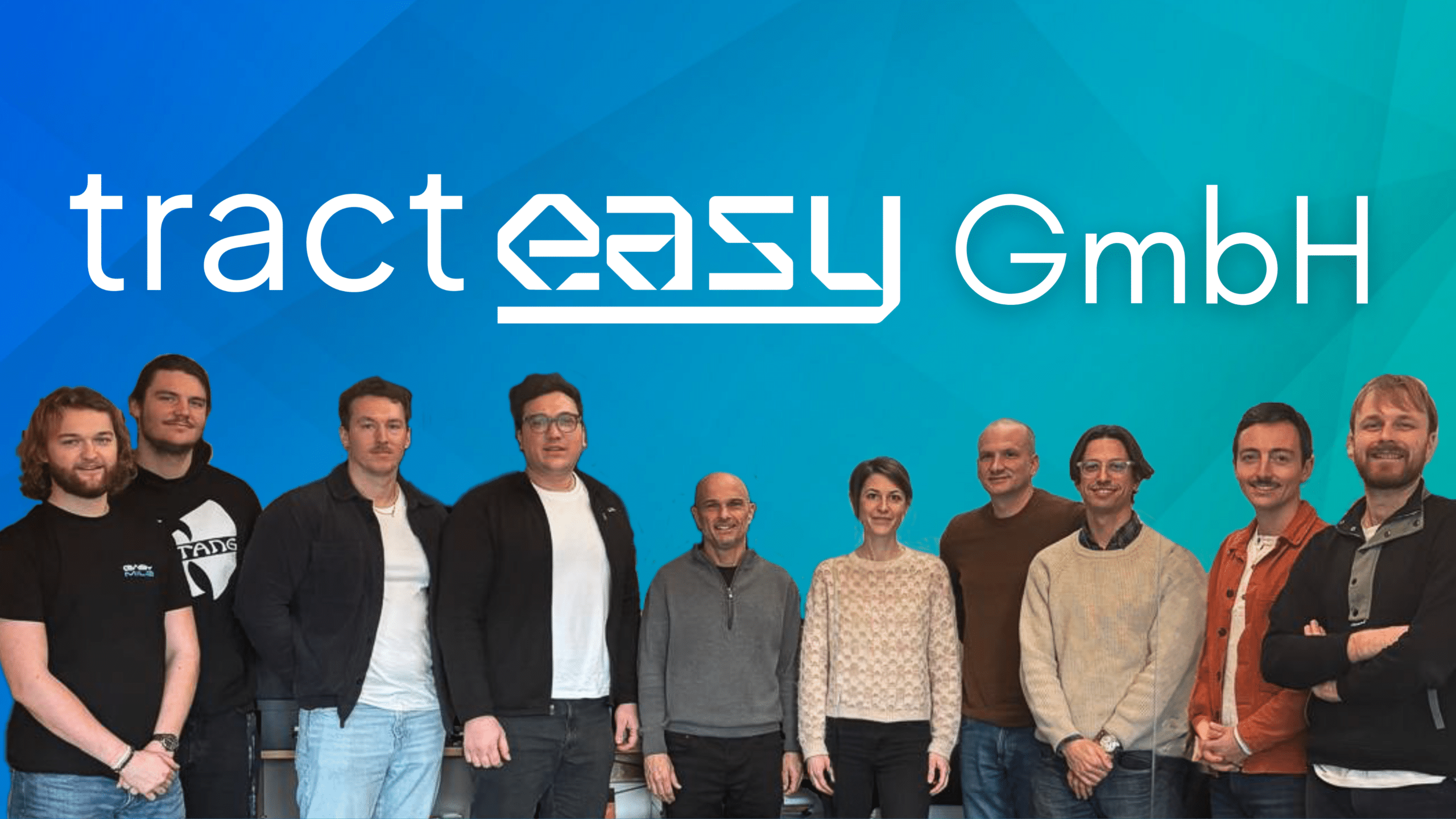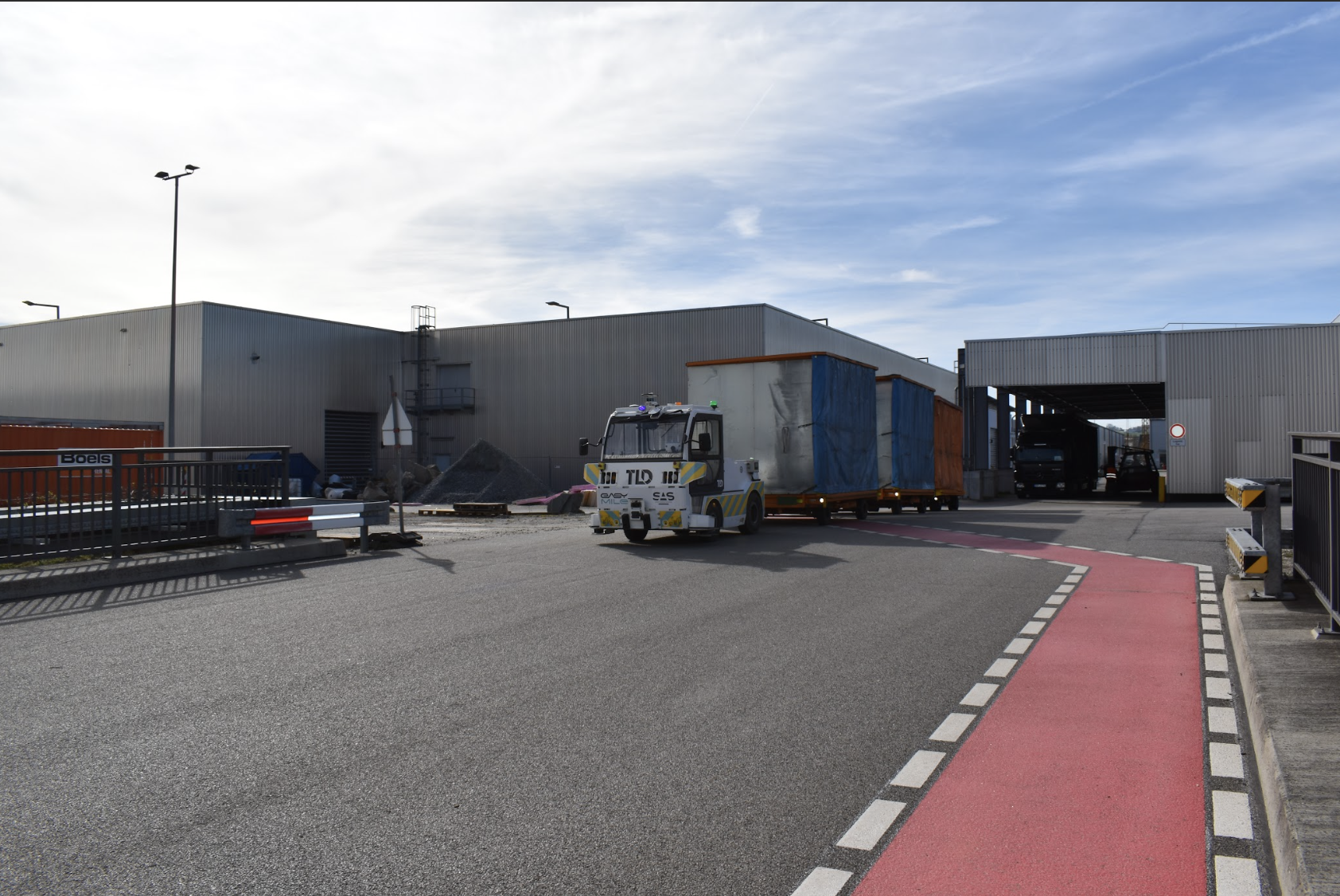TractEasy’s EZTow Product Manager, Daniel Sánchez Clemente, joined industry executives including:
- Richard Price, CEO of Avia Partner
- A senior executive from Saudi Arabia’s leading ground handler (AGI)
- A senior representative from Hong Kong International Airport
- Representatives from Moonware (AI-driven fleet management)
- Experts in airport digitalization and operational efficiency
The discussion revealed a clear industry divide: while traditional ground handlers focused on electrification and viewed automation as a distant priority, technology leaders, including TractEasy, argued that automation is already a reality and that the time for adoption is now.
Key takeaways from TractEasy’s perspective
1. Automation delivers immediate value
Automation is not just a long-term vision, it is already enhancing efficiency, scalability, and safety at airports. Autonomous towing solutions like EZTow are actively improving turnaround times, reducing operational costs, and mitigating labor shortages. The industry must shift its focus from debating future automation to implementing solutions today.
2. Education is critical to adoption
A key role of technology providers is to educate the industry on the feasibility and benefits of automation. Many ground handling companies remain hesitant due to concerns about safety, regulations, and integration with existing workflows. TractEasy emphasizes the need for structured education and case studies to bridge this knowledge gap and encourage informed decision-making.
3. Humans remain in the loop
A common misconception is that automation eliminates human involvement. In reality, autonomous operations require human oversight, whether for manual interventions, remote monitoring, or system management. Additionally, integrating automation can make the aviation sector more attractive to new talent by shifting job roles from purely manual labor to higher-value, technology-driven tasks.
4. Keep It simple, start now
One of the biggest challenges in automation adoption is overcomplicating the process. Companies often jump to a fully autonomous future when, in reality, incremental steps are more practical. Rather than aiming for 100% automation immediately, the focus should be on deploying manageable solutions that integrate smoothly with existing operations. A phased approach ensures that airports and ground handlers can adapt efficiently and see tangible benefits early on.
Final thoughts: The industry must act now
While many ground handlers are still prioritizing electrification, automation is already proving its value in real-world operations. Airports that delay adoption risk falling behind in efficiency, scalability, and talent acquisition. As seen in Hong Kong International Airport’s proactive approach, automation is not a distant goal, it’s an operational necessity today.
TractEasy remains committed to driving this conversation forward and supporting industry stakeholders in making the transition. The time for automation in ground handling is now.


